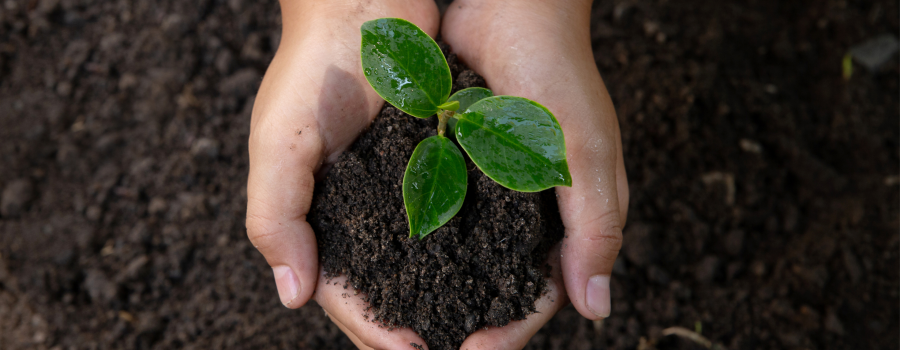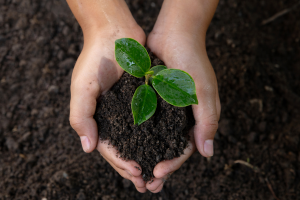The dangers of a beautiful lawn
Psalm 24:1 ~ The earth is the Lord’s and everything in it, the world, and all who live in it
Are you aware that synthetic fertilizers create 500 million tons of CO2?
It is commonly thought that chemical runoff from fertilizer can drain into streams and lakes that can kill marine life. Fertilizers and soil amendments can disrupt the natural relationship between microorganisms and plant roots damaging the long-term health of both the plant and the soil.
But, it is the manufacturing of fertilizers that creates the most CO2. Making fertilizer takes a lot of energy and that energy comes from burning coal, oil, and natural gas.
Once the fertilizer is placed on the crops and flowers, only half is used by the crops with the other half running off into waterways and breaking down into greenhouse gas. These greenhouse gases have 300 times the planet warming capacity as CO2
We all can help decrease the use of fertilizers and still have a beautiful lawn. Important soil building ideas include aeration. Aeration can be accomplished by hand with a portable aerator that removes cores of grass from the lawn.
To have a high-quality lawn, it is best to mow frequently and remove no more than 1/3 of grass length Also, leaving the grass clippings on the lawn adds nutrients and organic matter to your soil and keeps the grass clippings out of the landfills.
And finally, water deep and less often. Frequent light watering produces a shallow-rooted lawn. If your lawn is dark green and doesn’t spring back when it is stepped on, it needs to be watered. Early morning is an efficient time to water.
If you focus on soil building, mowing and watering, your lawn will grow vigorously!
–Nancy Ritzenthaler, God’s Green Team Member



Leave a Reply
Your email is safe with us.